
RCM Certification: Australian Electrical Compliance Mark
rcm certification Introduction
RCM certification is an identification introduced in Australia and New Zealand to achieve uniform identification of electrical products. The mark is a trademark owned by regulatory authorities in Australia and New Zealand, indicating that the product complies with both safety regulations and EMC requirements. It is non-mandatory.

1. What is RCM registration?
RCM stands for Regulatory Compliance Mark and is a registration system for importers and manufacturers in Australia and New Zealand. Since March 1, 2013, Australia has enforced the Electrical Equipment Safety System (EESS), and RCM is the only compliance mark of this system. Only importers based in Australia or their authorized local agents can register. The rcm mark covers electrical safety and EMC. SAA now provides emc certification and SDoC (Supplier Declaration of Conformity), which provides the necessary documents for Australia.
2. What are designated electrical appliances?
Designated electrical appliances are low-voltage electrical appliances within the following rated value range:
- Greater than 50VAC RMS or 120VDC ripple-free (extra-low voltage);
- Less than 1000VAC RMS or 1500VDC ripple-free (high voltage);
- Designed or sold for household, personal, or similar purposes.
3. Do all designated electrical appliances need RCM registration?
According to the current RCM classification system, electrical equipment is divided into three categories: Category 1, Category 2, and Category 3. Category 3 devices are defined as high-risk devices. Category 3 and Category 2 devices can be checked in the relevant regulations AS/NZS 4417.2, and this classification may change with updates to Australian standards/regulations. Currently, RCM registration is mandatory for Category 3 products. After SAA Approvals issues an SAA certificate, the product certification information will be automatically imported into the RCM system, facilitating RCM registration for users.
Relationship between saa certification, C-Tick, A-Tick, and RCM
SAA certification governs safety regulations, C-Tick certification governs EMC and radio products, and A-Tick certification governs telecommunications products. The RCM mark, introduced in 2013, is obtained after obtaining safety certification and electromagnetic compatibility registration and can be obtained through the safety certification regulatory authority. From March 1, 2016, all electronic products sold must use the RCM mark; A-Tick and C-Tick marks will be replaced. RCM can be understood as a registration system, including SAA and C-TICK.
RCM Certification (Australian Communications and Media Authority)
C-Tick, A-Tick, and RCM have been integrated into a single regulatory compliance mark, RCM. Products must comply with electrical safety and electromagnetic compatibility. Agents need to log in to the national database and apply for certificates locally in Australia. RCM fully replaced C-Tick and A-Tick on March 1, 2016.
Australian RCM Certification Q&A
Q1. What are the REAS and RECS systems?
A1: REAS is an external certification system in New South Wales. They have a list of mandatory certified products, and the certificates issued for products on this list are called Certificates of Approval. These certificates will be uploaded to the national database.
RECS is an external certification system in Queensland. This system uses AS/NZS 4417.2 as the standard for product certification requirements. This means it covers all household products. The list of mandatory products is very similar to the list of Category 3 products. If you choose the RECS system, all certificates (Categories 1, 2, 3) will be uploaded to the national database.
Q2. What are designated electrical appliances?
A2: Designated electrical appliances are low-voltage electrical appliances within the following rated value range:
- Greater than 50VAC RMS or 120VDC ripple-free (extra-low voltage);
- Less than 1000VAC RMS or 1500VDC ripple-free (high voltage);
- Designed or sold for household, personal, or similar purposes.
Q3. The new RCM system
A3: RCM is just a mark covering electrical safety and/or EMC. No RCM certificate! Importers and manufacturers in Australia and New Zealand must register and use RCM. RCM does not apply to the electrical safety of commercial or industrial products. Even if a product category is not covered by RCM's electrical safety requirements, the product may still be required to be marked with RCM to demonstrate compliance with EMC requirements. If you hold an SAA certificate and comply with EMC regulations, you can mark your product with RCM. Foreign companies cannot and do not need to register in the RCM system. When foreign manufacturers receive an SAA certificate, their mandatory certified products/Category 3 products are automatically registered in the RCM database. Importers can associate certificates in the system. If an electrical safety application is using the RECS system, we will still upload Categories 1 and 2 certificates to the database. According to the current RCM classification system, electrical equipment is divided into three categories: Category 1, Category 2, and Category 3. Category 3 devices are defined as high-risk devices, and Category 3 and Category 2 devices can be checked in the relevant regulations AS/NZS 4417.2. This classification may change with updates to Australian standards/regulations. Currently, RCM registration is mandatory for Category 3 products. After SAA Approvals issues an SAA certificate, the product certification information will be automatically imported into the RCM system, facilitating RCM registration for users.
Q4. EMC
A4: SAA now provides EMC certification and SDoC (Supplier Declaration of Conformity). This is not an agency service. This service provides the necessary documents for Australia required by Australian customers and government agencies.
Q5. Acceptable test reports
A5: Reports must be accompanied by the CNAS logo or a similar logo. Reports must be written according to the laboratory's accredited scope. The signatory must be a signatory listed in the accreditation qualifications document. If submitting a CB report, we also require a valid CB certificate. All CB reports mentioned in the certificate must be submitted. Please note: We do not accept cb test reports for CTF Stage 4. GS reports have not been accepted since November 2018. All tests submitted to SAA must comply with laboratory qualifications.
Q6. LED Driver Power Supply
A6: Unless the LED driver power supply uses Z-type connections at all connection points, permanently fixed to the luminaire, it is considered a mandatory product/Category 3 product and requires separate certification.
Q7. LED Portable Lighting
A7: Mandatory certification product or Category 3 product. AS/NZS 60598.1 and AS/NZS 60598.2.4. If the LED driver and luminaire are separate, the LED driver must be certified separately. Appendix ZA is only applicable to simple luminaires.
Q8. Power Tools
A8: In Australia, portable hand-held power tools are mandatory certified products/Category 3 products. Please note that many standards such as 60745 have been replaced by 62841. Testing of portable tools must comply with AS/NZS 62841, as IEC 61029 is no longer applicable. Testing must be carried out according to the announced standards. Battery-powered power tools must be
tested according to AS/NZS 62841. The battery, as a complete component, must comply with IEC 62133 standards. Independently sold standalone battery modules are mandatory certified products in New Zealand and must be certified.
Q9. Power Supply
A9: Testing must be carried out according to the appropriate standards for the product; testing can be conducted according to AS/NZS 62368.1:2018 for A/V, IT, and communication devices; for 60950.1 or 60065, the discontinuation time has not been determined, so these two standards can still be used for testing and certification; ERAC has issued a latest announcement regarding the requirement for two housing fixing methods for plug-in power supplies. This requirement only applies to plug-in power supplies that comply with standards AS/NZS 61558 and AS/NZS 60335.2.29.
Q10. EPODs and Controllers/Regulators
A10: EPOD is a portable outlet board. Please note that it is portable. The applicable standards are AS/NZS 3105 or 3122 and 3100. Controllers/Regulators are portable devices. For fixed devices, other standards apply. AS/NZS 3105 applies to any EPOD with control/regulation functions.
Travel conversion sockets must have only two sets of contacts and must comply with AS/NZS 3122 standard requirements. All standards referenced in the AS/NZS 3100 series (such as 3105, 3112, 3133, 3122, etc.) and the relevant tests required by AS/NZS 3100 must be completed and written into the test report. All switches must be double-pole disconnection and must be tested in accordance with AS/NZS 3133 or AS/NZS 60669.2.1 and 3133's M test clauses in the appendix products.
Q11. Solar Inverters / DC Isolators
A11: In Australia, such products must be registered with CEC. SAA certifies these products according to IEC 62109-1, IEC 62109-2, and AS/NZS 4777.2. If the product also includes a battery, the battery must comply with relevant IEC standards, and the inverter must also comply with AS 62040.1.1. DC isolators used in PV installation systems now belong to Category 3 products and will soon be classified as mandatory products. They must comply with AS/NZS 60947.3:2018, including all Australian deviations from standards. AS/NZS 5033 is an installation standard and is not used for certification. AS/NZS 5039 is planned
The battery storage installation standard is currently being developed by the standard committee and cannot be implemented in the short term. There is currently a new guidance document on battery storage preparation. CEC will soon register battery storage preparation and DC isolators for use in PV preparation devices.
Email:hello@jjrlab.com
Write your message here and send it to us
 ASTM D4169 Drop Test
ASTM D4169 Drop Test
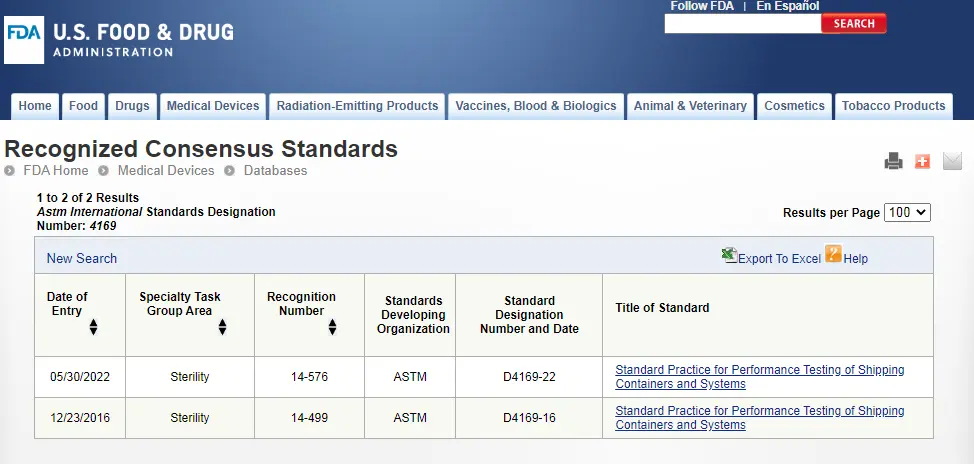 ASTM D4169 Packaging Simulation Transportation Tes
ASTM D4169 Packaging Simulation Transportation Tes
 What is ASTM D4169 Testing?
What is ASTM D4169 Testing?
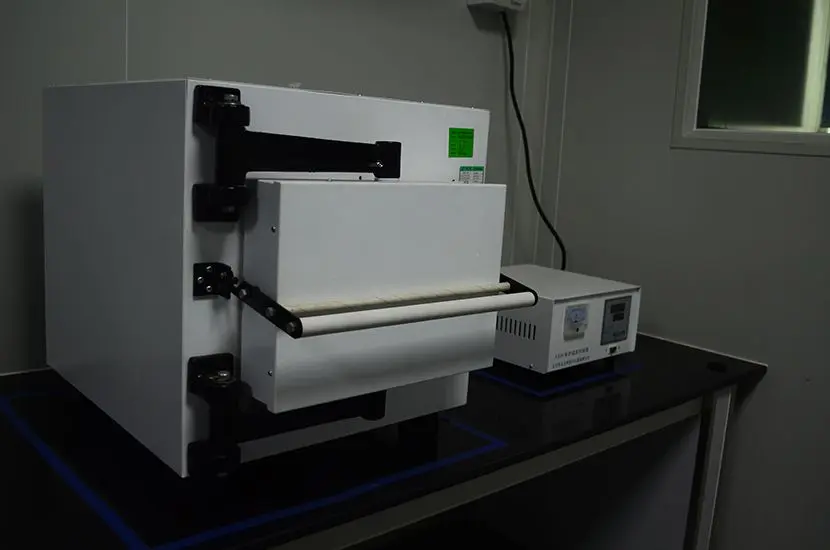 ASTM D4169-23 Test Standard Revision
ASTM D4169-23 Test Standard Revision
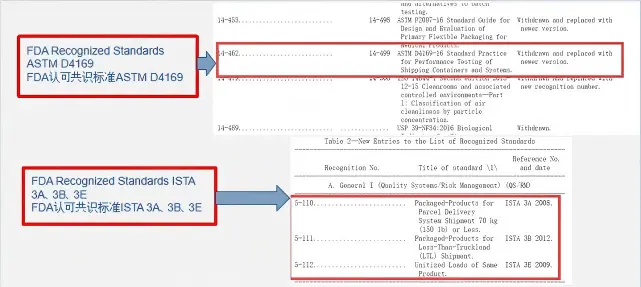 Transport Simulation Testing for Medical Device Pa
Transport Simulation Testing for Medical Device Pa
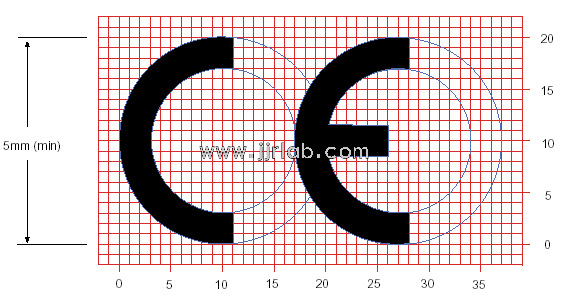 EU CE Certification Guidelines for Lighting Fixtur
EU CE Certification Guidelines for Lighting Fixtur
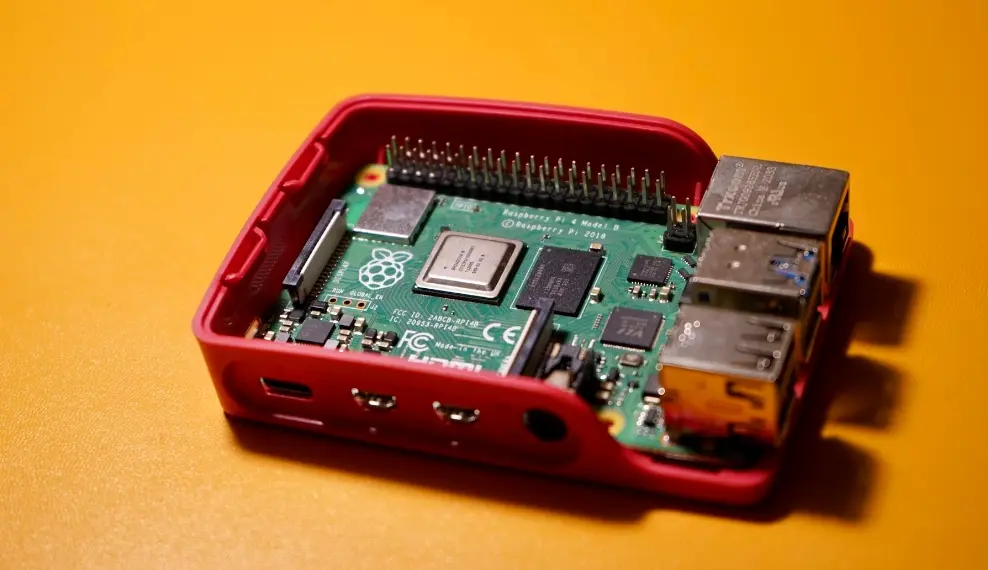 Lithium Battery Export: CB Certification & IEC
Lithium Battery Export: CB Certification & IEC
 How to Apply for One FCC Certificate for Multiple
How to Apply for One FCC Certificate for Multiple
Leave us a message
24-hour online customer service at any time to respond, so that you worry!




